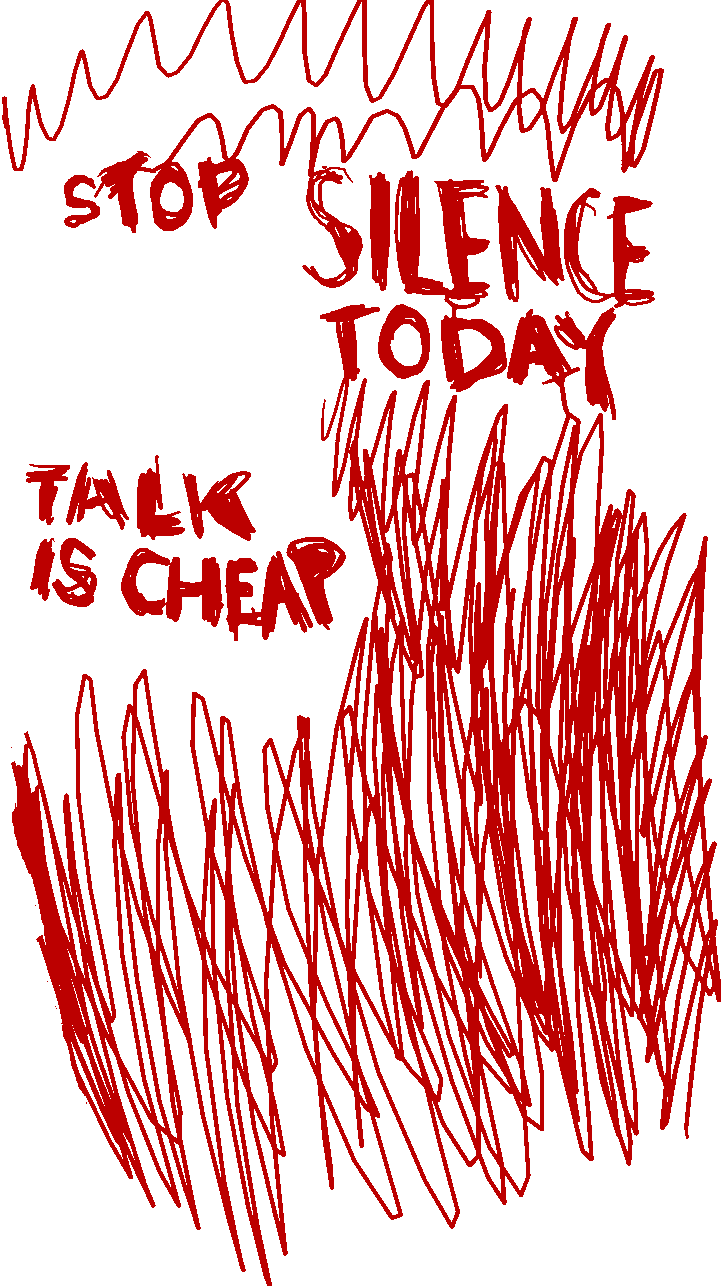American troops were attacked an additional eight times since Friday morning by one-way attack drones and rocket barrages in Iraq and Syria as US forces face ramped-up assaults by Iranian-backed groups.
The new incidents — one on Friday afternoon, another on Saturday, five more on Sunday and one on Monday morning — mark a total of at least 38 attacks on US and coalition forces in those two nations since October 17, 10 days after the start of a bloody war between Israel and Hamas.
CNN has reported that Iran is seeking to capitalize on the backlash to US support for Israel, and while Tehran may not be explicitly directing the groups’ attacks, it does appear to be encouraging them.
While the increase in attacks started after the brutal attack by Hamas on Israel on October 7, Pentagon officials have declined to draw a direct correlation between the increase in attacks and the conflict in Gaza, saying instead that Iran has long sought to force the US from the region.
“Iran’s strategic objective for a very long time, way before October 7, was to force US forces to withdraw from the region,” a senior defense official said on October 30. “We have maintained tens of thousands of US forces across the region for decades. We have increased our air defense posture. Most of these attacks have been unsuccessful. But Iran’s strategic objective has not changed.”
The dozens of attacks have largely focused on US and coalition forces at Al-Asad Airbase, Iraq, and al-Tanf Garrison, Syria, with some attacks near Mission Support Site Green Village in Syria; Bashur, Iraq; Mission Support Site Euphrates, Syria; Erbil Airbase, Iraq; Shaddadi, Syria; Rumalyn Landing Zone, Syria; and Tall Baydar, Syria.
On Friday afternoon, a one-way attack drone was shot down near Shaddadi, Syria, with no casualties or infrastructure damage reported, a US official updated on Monday. On Saturday morning, another one-way attack drone was shot down near Shaddadi with no casualties or infrastructure damage reported.
The attacks increased in frequency on Sunday totaling five separate incidents; one-way attack drones were shot down near Tall Baydar, Syria; al-Tanf Garrison, Syria; and three times near Al-Asad Airbase, Iraq. One attack on Al-Asad also included a multi-rocket attack alongside multiple one-way attack drones.
Another one-way attack drone was shot down near Tall Baydar, Syria, on Monday morning. None of the attacks over the weekend resulted in casualties or damage to infrastructure, according to the US official.
“Most of these attacks were successfully disrupted by our military,” the US official said. “Most failed to reach their targets, thanks to our robust defenses.”
Read more about the attacks US forces are facing in Iraq and Syria.

















